Failed Hair Transplant: Can You Avoid or Fix It?
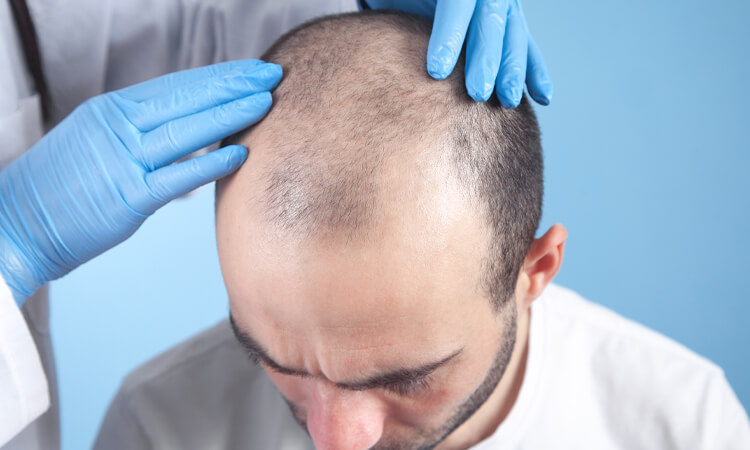
Sommaire
Baldness has disrupted the minds of millions of men and women in the world. Among solutions for severe hair loss, hair transplantation is of the utmost importance and effectiveness. However, its popularity has drawn thousands of unqualified practitioners into the business, resulting in thousands of examples of failed, unsuccessful, botched, and unnatural hair transplant results.
Failed Hair Transplant: What Is It?
Hair transplantation is regarded as a relatively expensive procedure. Many clinics have popped out in several corners of the world, offering it at prices that don’t cover the minimum expenses of a hair transplant surgery. Most of the people who are lured into such centers end up in regret, having damaged hair, and in some cases, serious health issues (1).
Unfortunately, failed hair transplants are not limited to super cheap clinics. Some clinics in the United States, UK, Canada, and other countries which charge their patients 10-20 thousand dollars for hair transplant surgeries, have a high failure rate, which roots in employing less-experienced staff and weak procedure management.
Each year hundreds of patients who have experienced an unsuccessful hair transplant by an unqualified doctor or medical team, visit Dr. Cinik Hair Transplant and require a revision hair transplant by Dr. Emrah Cinik. It is sad to see a person who could have had a successful hair transplant, is suffering from unnatural results of a hair transplant surgery by an unqualified surgeon.
A question might have been raised in your mind by now, which is “Is a failed hair transplant reversible?” or “Can we have an unsuccessful hair transplant fixed?”. Generally, the answer to this question is yes as long as you satisfy some criteria. To understand the procedure of a corrective hair transplant, you need to know the success factors of a hair transplant surgery.
What Are Success Factors of a Hair Transplant?
A high-quality hair transplant results in a hairstyle that cannot be distinguished from natural hair. If you want to evaluate the effectiveness of a hair transplant procedure, consider the following list of hair transplant indications (2):
Natural Hairline:
It takes a lot of practice to determine the hairline. Hairlines that are too low or too high, or lack a natural shape, will seem unnatural and strange. It also needs a high degree of expertise during the implantation process, since unnatural implantation on the front portions wreaks havoc on the whole hairdo.
Donor Area Health:
Overharvesting the donor area or harvesting in equal chunks from various areas of the donor area may seem strange and unnatural. Natural hair follicles in a damaged donor region may be impacted as well. In a nutshell, unless you pay great attention, you should not be able to identify a donor area.
Natural Density:
The density of hair follicles transplanted into the recipient region should be normal. Unnatural density is not only unattractive, but it can also harm healthy hair follicles.
Natural Hair Direction:
Doll-shaped hair growth is formed by an inexperienced surgeon’s channel opening and implantation, particularly in the frontal area.
Optimal Distribution of 1,2,3, and 4-follicle Grafts:
Hair grafts obtained may include one to four hairs. The hair transplant team must identify them, sort them into four categories, and distribute them following the implantation strategy (more density in the front parts and less in the crown plus homogenous distribution on each part). It ensures that the density is organic.
Minimum Side Effects and Recovery Time:
A high-quality hair transplant performed by a skilled team of specialists has few side effects and minimizes the recovery time.
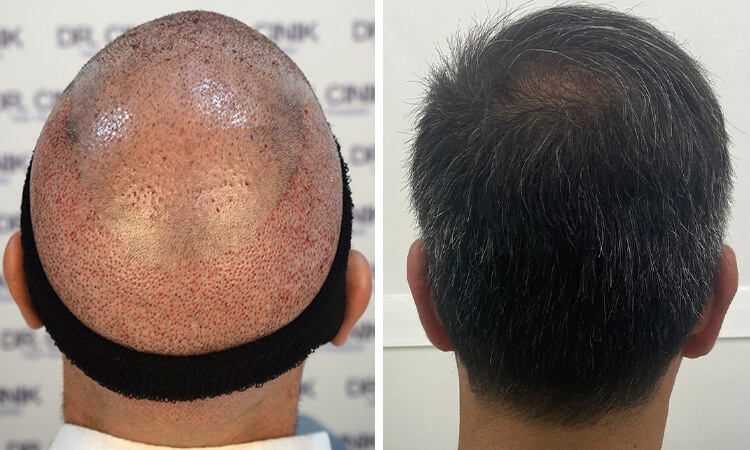
Can Hair Transplants Fail?
Although professional hair transplant clinics have a success rate of more than %95, the risk of failure in a hair restoration surgery is not zero. You need to note that the risk increases if a less experienced or unqualified medical team performs the operation.
What Is A Bad Hair Transplant?
A failed hair transplant, which does not satisfy hair transplant success factors well, is characterized by an unnatural hairstyle for the best-case scenario of hair transplant failures. In some cases, botched hair removal and even some scary results indicate an unsuccessful risky hair transplant (3).
To know if a hair transplant has failed, it should have:
Unnatural Hairline Determination:
Hairlines that are too low or too high, or do not fit the patient’s face are one group of failed hair transplant types. In some circumstances, an asymmetric hairline would be the case.
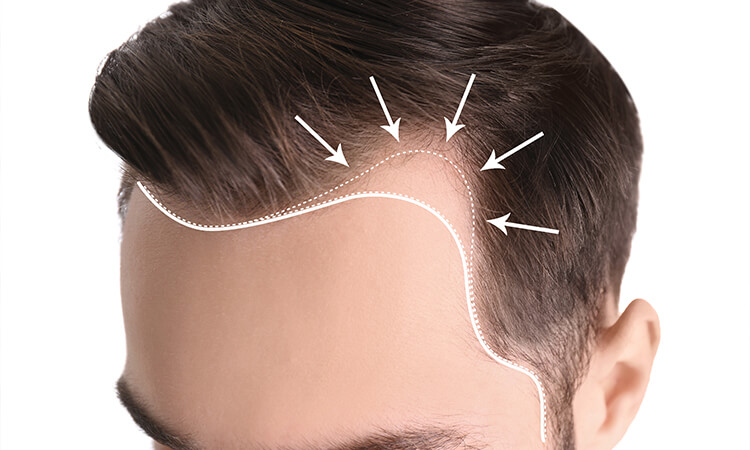
Unhealthy Donor Area:
Overharvesting the donor area can make irreversible damage to those parts of the scalp. Each person has a limited graft capacity, which depends on their donor area hair density and hair health. Taking grafts in huge numbers can damage the entire donor area and result in unhealthy looks of the nape area. Unbalanced harvesting can also create an uneven distribution of spots on the donor area. In the worst cases, unprofessional clinics harvest hair grafts with huge punches, resulting in scary results that can make serious damage to the patient’s scalp.
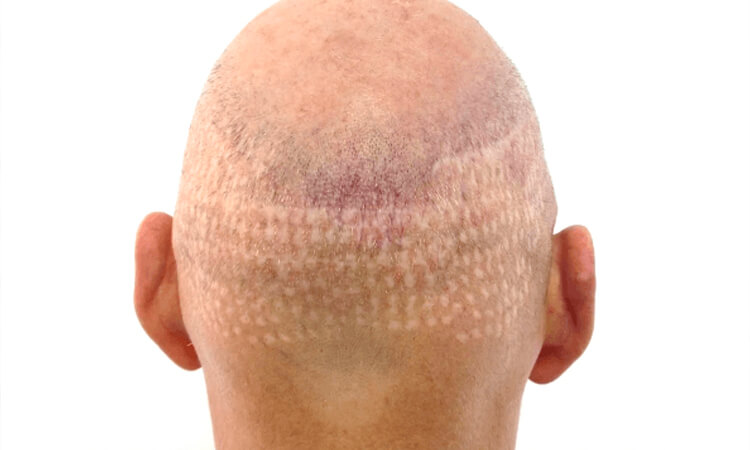
Unnatural Density:
One common sign of failed hair transplants is related to problems with grafts distribution. A lower than usual density can create balding-style hair or create a doll-shaped hairstyle. On the other hand, too much density can also create unusual looks and even damage the natural hair follicles on the scalp. Without a professional implantation plan, transplanted hair might look like patches of dense hair with an island-style distribution on your scalp.

Unnatural Hair Direction:
If the orientation of hair shafts does not look natural after the hair transplant operation, your surgeon might not have done the channel opening in the right direction. Each part of the scalp requires different angles of channel opening to make sure the entire hair will have a natural look from all perspectives.
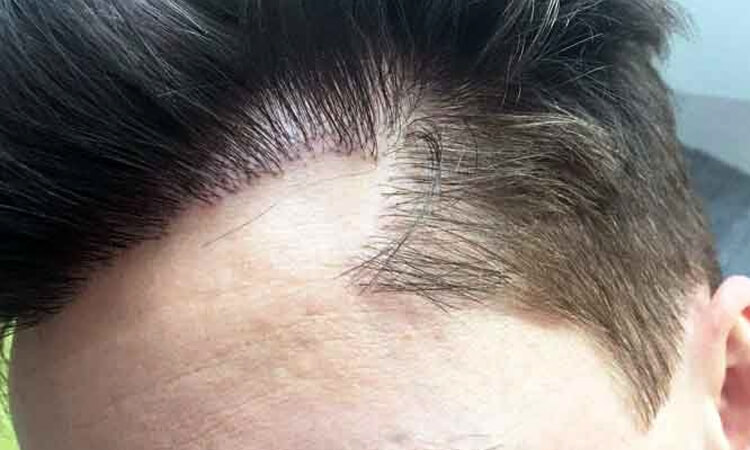
Doll-Shaped Hair Clusters:
Another tricky sign of a failed hair transplant would be doll-shaped hair shafts in clusters. You can easily recognize the gap between hair groups and see the skin beneath them, despite those groups consisting of several hair follicles. This can be due to a weak implantation plan or a weak distribution of 1,2,3, or 4-follicle hair grafts. This situation is worse in the frontal parts of the hair even if a perfect hairline had been drawn before the surgery.
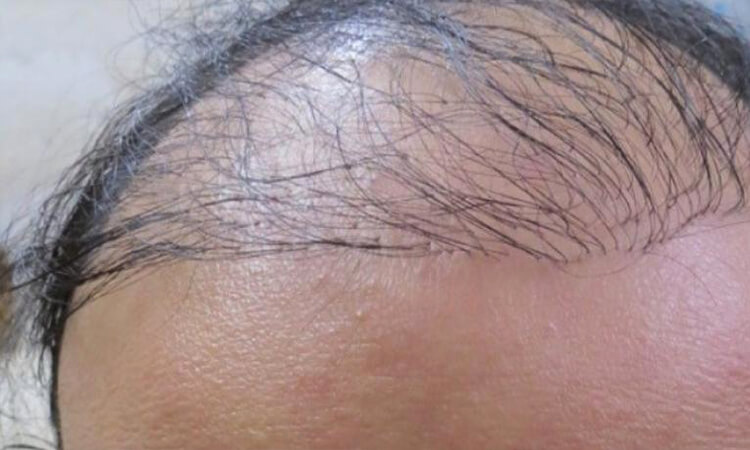
Reasons for Failed Hair Transplants: What Can Go Wrong?
Hair Transplantation is a multi-step process, which needs a strong alignment between the medical team members, the surgeon, and the patient. One tiny mistake in each hair transplant step can cause damage to the entire process (10.1055/s-0028-1102908).
Hair Transplant failures can be clustered into 3 groups:
Pre-Operational Errors: What Can Go Wrong Before a Hair Transplant?
Poor Hairline Design:
Sometimes hairline is not drawn by a verified experienced doctor or some important factors such as symmetry, optimal height, and age fit are not considered well enough.
Weak Harvesting Plan:
If the donor area is not studied well enough or determining a harvesting plan is neglected, even a team of experts surgeons can make harm to the donor area as not every spot on the donor area can provide hair with the same quality as others. Some parts of the donor area could be less dense and powerful than others, which should be considered while determining the harvesting plan.

Exaggerated Promises:
Promising a very large number of grafts transplanted (like 7000 grafts in one session) does not make sense, and can easily damage the hair permanently. This gets worse when the hair transplant teams without or with low medical training neglect individual factors and give undeliverable words to the patient.
Insufficient Hair Analysis:
Analyzing the cause(s) of the hair loss is a crucial initiative for a successful hair transplant which is, unfortunately, neglected by many hair restoration clinics, resulting in hair transplants with short-lived results. For example, if the patient has lost hair due to alopecia (hair loss due to autoimmunity), never does a hair transplant last unless the disease is dealt with carefully. Factors like age, types of hair, hair loss history in the family, hair loss type and severity, and the donor area capacity and state should be taken into the account before making any decisions about a hair transplant.
Surgical Errors: What Can Go Wrong in the Operation Room?
Poor Graft Extraction:
Overharvesting, losing homogeneity, not following the extraction plan (if determined any), extraction from the on-the-ear area, wrong punch width, using an incorrect punch method (manual or micromotor), and excessive heat created by micro motor’s activity would damage the donor area.
Poor Graft Implantation:
All the actions are taken to prepare a quality graft implantation. However, mistakes in this step can easily jeopardize hair transplant success. A weak implantation plan, which neglects the natural distribution of density on the recipient area, can create an unnatural style and even harm the skin on the head, resulting in trauma and even Tissue Necrosis. Too dense or too rare hair transplants are also two unsuccessful hair transplant problems that usually occurred due to poor implantation. Too deep implantation would also have follicles to die after some time.
Grafts Handling Problems:
Grafts or follicular units are too delicate and the surgeon should handle them wisely after the harvesting stage. If the grafts stay out of the body too long and wait for implantation, they can get dry and die eventually. Also in some cases, the hair transplant surgery team cannot handle them well and make damage to them or break them. One of the reasons that a surgery team should put limits on the number of grafts extracted in a session, is the rising difficulties of graft handling as their number goes up.
Post-Operational Mistakes: What Can Go Wrong After a Hair Transplant?
Weak Services After the Surgery:
From the first wash, and provided supplements and medications to weekly and monthly follow-up updates, the clinic must provide broad support and education to the patient to make sure they will be able to get the best result of their surgery.
Insufficient Post-Op Care by the Patient:
There is a list of dos and don’ts for a person who has undergone a hair transplant surgery. For example, drinking alcohol, smoking cigarettes, or exposure to the sun could seriously damage hair transplant success. Unfortunately, some patients do not follow these rules and damage their own bodies and hair.
After a hair transplant surgery, the patient needs to follow instructions given by their clinic, stay in touch with their clinic, and provide updated information (images per se) of their hair to make sure all the efforts taken in their hair transplant stages would result in a permanent natural hairstyle.
How Often Do Hair Transplants Fail?
It depends on the experience of the surgery team and the medical standards of the clinic where they perform hair transplants. Unfortunately, in non-professional hair transplant centers, unsuccessful hair transplants take up to %30 of all surgeries performed. In a professional clinic, the failure rate would be less than %2.
What Is a Corrective Hair Transplant?
It is a method for correcting the unsuccessful hair transplant in order to get a satisfactory result. It might involve:
- Repeating the majority of the first operation by increasing density.
- Correcting an improper hairline, either by removing part of the initial procedure’s grafts that are too low and replanting them where they are required or by adding grafts and correcting the form.
- Fixing excessive scars on the donor area from the first surgery.
Corrective Hair Transplant: Just Trust Professionals!
Who Can Get a Corrective Hair Transplant?
Although many corrective or revision hair transplant procedures are done, not all patients can get one easily. Sometimes the damage is so much that very limited courses of action can be done. In some cases, donor parts have undergone such a trauma that they cannot provide grafts for corrective actions (4).
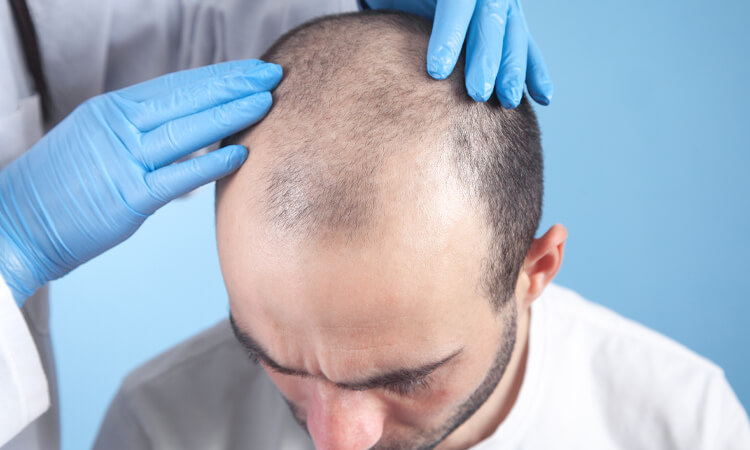
However, a seasoned surgeon can manage the situation and come up with a correction plan to reverse the initial surgery and pave the way for a natural result.
Patients with the following problems can get a corrective or revision surgery:
- Have an abnormal hairline design.
- Receive a lower-than-expected density.
- Experience stretched or wide (mostly happens in FUT technique) scar on the donor site.
- Their temple area is too dense and bushy.
- Have got patches of dense areas on their scalp.
- Have doll (grass)-shaped hair.
What Are Limits of Revision Hair Transplants?
Although experienced and having recognition by the hair restoration society surgeons like Dr. Emrah Cinik take efforts to undo a failed hair transplant and provide the patient with a high-quality outcome, in some cases, there are limitations that put serious limitations on the outcome of the revision hair transplant surgery. Following are some situations in which a full recovery faces some limitations:
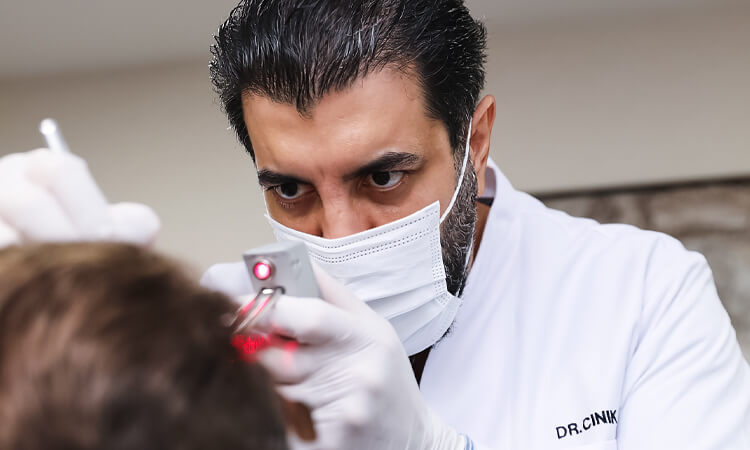
Limited Donor Supply:
A portion of the donor zone has already been taken. The direction and elasticity have been changed, making the operation more difficult and the transection rate greater. As a result, it is critical to avoid overharvesting the scalp. This might imply that a beard and body hair transplant is required.
Skin Structure on the Recipient Area Damaged:
The scarring from the initial operation is still visible in the recipient region, which affects the blood supply. Repair may need more than one session in some situations. Additionally, after some failed transplants, the trauma experienced by the skin causes some structural changes.
Advanced Hair Loss:
In other situations, it is unclear why the initial transplant failed; there have been isolated reports of cutaneous, hormonal, or genetic influences affecting the grafts. Additionally, serious hair loss caused by Alopecia is a situation that can make a corrective hair transplant impossible.
Transplanted Grafts on the Recipient Area:
There are already some grafts in the recipient region. It is critical to choose which of these are worth preserving and which to remove.
In any case, if you have selected a competent reliable surgeon for your revision hair transplant, it is recommended that you’d better stay calm and trust your surgeon. Stressful moments and mental tensions can make the situation worse.
Revision Hair Transplant Procedure at Dr. Cinik Hair Transplant
Dr. Emrah Cinik, one of the most respected surgeons in the field of hair transplantation, receives hundreds of revision hair transplants at his hair transplant center. The patients with complaints about their previous hair transplants choose Dr. Cinik for this complicated procedure as they do not want to repeat the same bitter experience they’ve had.
A revision hair transplant at Dr. Cinik begins with a free consultation session. You will contact us and our specialists will ask you for the necessary information to make initial calculations and determine the feasibility of a successful revision. After making sure it is possible for you to take another shot, your procedure of booking and planning your trip begins.
At Dr. Cinik Hair Transplant, Dr. Emrah Cinik studies and analyzes the situation and comes up with a surgery plan for you, determining the necessary courses of action and a surgery plan. As each patient would have a unique failure situation, their revision surgery would be unique, so the following steps won’t be generally similar.
How Are Donor Area Scars Treated?
A terrible donor scar can result from either FUT or FUE. In FUT, there may be a large scar. In FUE, the donor may have been excessively harvested, or grafts may have been taken too close together, resulting in patchy regions of hair loss. These can be corrected by:
Micropigmentation Camouflage:
The hair transplant doctor can disguise hair loss areas by applying pigment to the exposed region.
Scar Correction:
This is helpful in the case of large FUT scars since the medical team can help the scar heal and resuture using a technique known as trichophytic closure.
Grafting:
Scars can be less noticeable by putting in a few grafts, which hair transplant doctors mostly take from other parts of the body.



